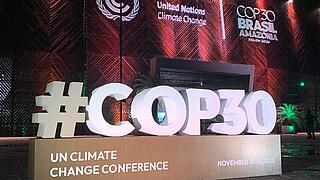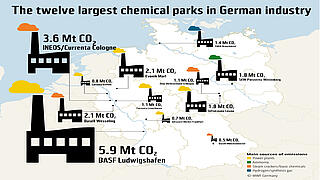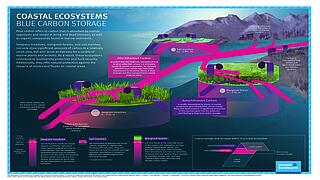Football and film, the Olympic Games and theatre: sports and cultural events attract millions of viewers. By reaching such large audiences, these events can raise awareness of sustainability and provide impetus for more nature conservation and climate action. However, the events themselves have a very large environmental and carbon footprint, which needs to be reduced. The operation of sports facilities and events venues, performer, team and spectator travel and overnight accommodation are just some of the significant sources of greenhouse gas emissions. The large amounts of waste generated by these events and their substantial water consumption also negatively impact their environmental footprint.
The Oeko-Institut works closely with practitioners on developing measures that can limit these environmental impacts. They calculate the environmental and carbon footprints of sports events and arts venues and, on this basis, develop comprehensive sustainability strategies which offer potential to save energy, water and resources and reduce waste and greenhouse gas emissions. Practical measures that facilitate sustainable mobility for performers and fans also have a key role to play. In this way, major sports and cultural events can set standards which can then be adopted for smaller events as well.













